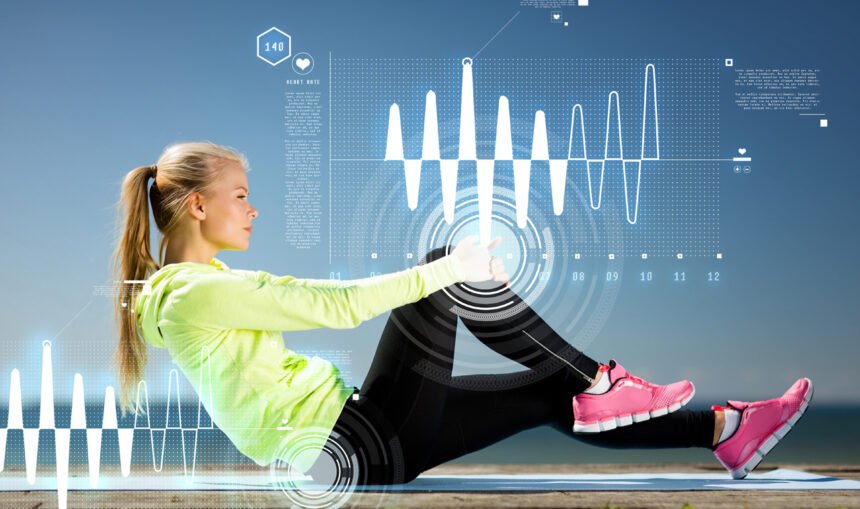Using science to refine athletic performance has been around almost as long as sports themselves. Coaches and trainers have always sought better techniques and training to improve performance. But in the age of technology, new approaches are being used to better gauge performance in order to provide solutions that are more accurate, detailed, and effective. Here are a few of the ways exercise science has evolved to improve athlete performance.
1. Wearables
Various types of bracelets and other wearable sensors can capture physical data 24/7. They can measure heart rates, body sweat, speed, distance, body temperature, calories burned, and more. This can give a clear idea of how hard an athlete is training and areas where improvement is needed. They can also help to proactively prevent injuries from over-training.
2. Mobile Apps
More exercise apps are appearing that can help both professional athletes and amateurs to monitor their progress. They become a web-based record of calories burned, nutritional intake, hours of sleep, heart rate, distance run, workout times, and much more. All of this information can be utilized to quickly produce reports on various strengths and weaknesses of individual training regimens.
3. Smart Devices
The idea of using sensors to capture information for computer processing has not been overlooked by athletic organizations. Smart technology is becoming an important part of training gear. For instance, a quarterback can be fitted with sensors and even sensor-equipped footballs to monitor exactly what’s happening during a pass downfield. Computers can reassemble all those tiny signals on movement into a cohesive visual record that expert trainers can use to refine posture and technique.
4. More Awareness
Training equipment is expected to become a $12.8 billion market over the next five years. As more people are seeking better health, internet technology is playing a central role. Digital communities are spreading new innovations, products, and information to millions of mobile device users. This has also led to greater demand for sports education. For instance, a person’s enthusiasm for sports and exercise could translate into a master?s degree in athletic administration that allows him or her to turn a passion into a profession. Reaching new levels of performance lies in better technology and smarter training. Modern science makes that a real possibility for amateurs as well as professionals. These technologies will improve and evolve to create even better results. Given the wide demand, competition among athletic vendors will become even steeper, ensuring falling prices and more innovation. Even the best young athletes will one day accomplish more than they ever thought possible by focusing on learning more and training smarter.

